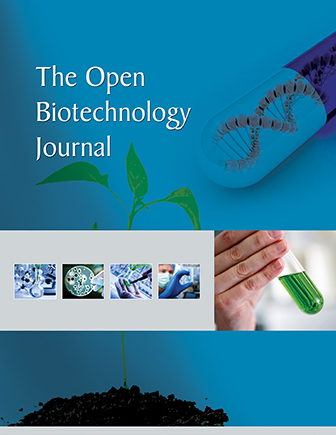All published articles of this journal are available on ScienceDirect.
Bioremediation of Heavy Crude Oil Contamination
Abstract
Crude oil contamination is one of the major environmental concerns and it has drawn interest from researchers and industries. Heavy oils contain 24-64% saturates and aromatics, 14-39% resins and 11-45% asphaltene. Resins and asphaltenes mainly consist of naphthenic aromatic hydrocarbons with alicyclic chains which are the hardest to degrade. Crude oil biodegradation process, with its minimal energy need and environmentally friendly approach, presents an opportunity for bioremediation and as well for enhanced oil recovery to utilize heavy oil resources in an efficient manner. Biodegradation entails crude oil utilization as a carbon source for microorganisms that in turn change the physical properties of heavy crude oil by oxidizing aromatic rings, chelating metals and severing internal bonds/chains between molecules. Biodegradation does not necessarily lower quality of crude oil as there are cases where quality was improved. This paper provides information on heavy crude oil chemistry, bioremediation concept, biodegradation enzymes, cases of Microbial Enhanced heavy crude Oil Recovery (MEOR) and screening criteria towards a better understanding of the biodegradation application. Through the utilization of single microorganisms and consortia, researchers were able to biodegrade single pure hydrocarbon components, transform heavy crude oil fractions to lighter fractions, remove heavy metals and reduce viscosity of crude oil.


